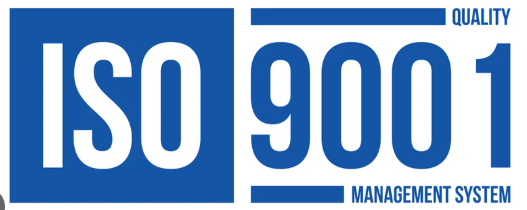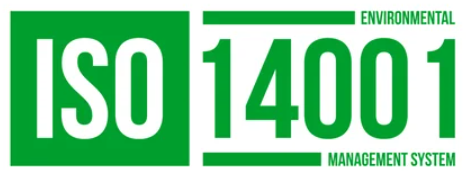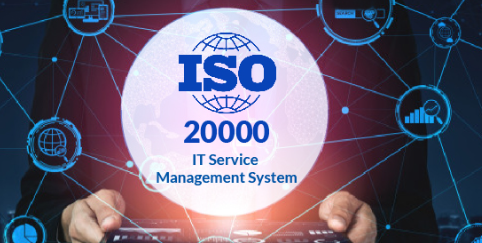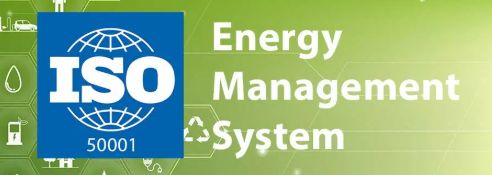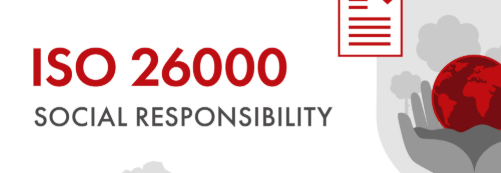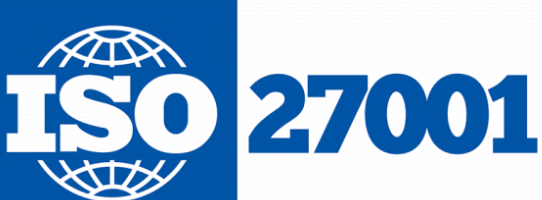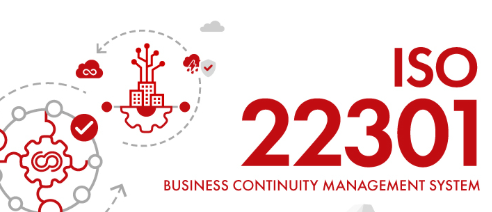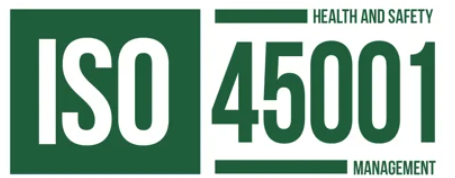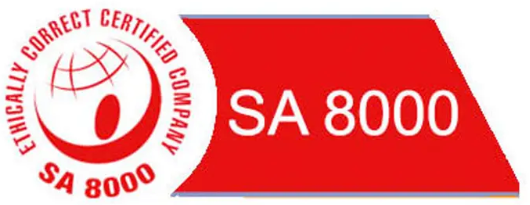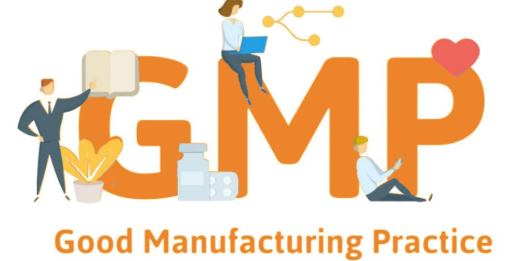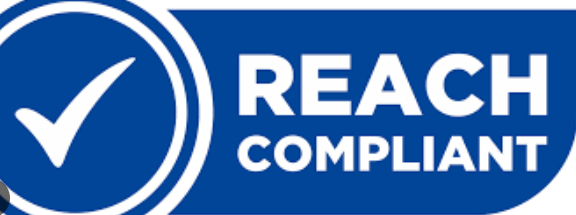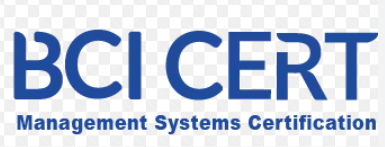What is Accreditation?
- Accreditation is a process in which certification of competency, authority, or credibility is presented.
- Organizations that issue credentials or certify third parties against standards are themselves formally accredited by accreditation bodies.
- Hence they are sometimes known as “accredited certification bodies”. The accreditation process ensures that their certification practices are acceptable, typically meaning that they are competent to test and certify third parties, behave ethically and employ suitable quality assurance.
- In everyday language the terms Accreditation and Certification are often used interchangeably. However, these terms have specific meanings.
- ISO’s formal definition of accreditation is “third-party attestation related to a conformity assessment body conveying formal demonstration of its competence to carry out specific conformity assessment tasks.” (ISO/ IEC 17000:2004)
- Certification is “third-party attestation related to products, processes, systems or persons.” (ISO/ IEC 17000:2004)
- Accredited Organizations are known as Conformity Assessment Bodies (or CABs).
- Accredited CABs provide certification and inspection services to organizations.
- Most Commonly the certified management systems
Generic Management Systems which are applicable to all organizations irrespective of the nature of activities and Services.
- Quality Management Systems (QMS – ISO 9001)
- Environmental Management Systems (EMS – ISO 14001)
- Occupational Health and Safety Management System (OHSMS- ISO 45001)
- Energy Management System (EnMS – ISO 50000)
Sector Specific Management Systems which are applicable to only those organizations with respect to the nature of activities and Services.
- Food Safety Management System (FSMS – ISO 22000)
- Information Security Management System (ISMS – ISO 27001)
- Medical Devices Quality Management Systems(MDQMS-ISO 13485)
- Learning services outside formal education (ISO 29993)

How to become accredited?
A typical process is as follows:
- Initial inquiry
- Preliminary response
- Submission of application request together with an administration fee. Please note: Applicants are expected to comply with the requirements of applicable standards (e.g. ISO 17021). Personnel competence will require demonstration.
- Application performance of accreditation routines dependent upon assessment and certifying standards.
- Send manual, procedures, require formats or applicable documents in hard or softcopy.
- We shall review and comment. If necessary we will require you to amend and respond before the next step.
- Demonstrate impartiality of your organization in respect of independence from ‘related bodies’ and that it is a legal entity.
- For the first six assessments you must advise UKGASL beforehand that you intend to carry out an assessment.
- You send us photocopies/e-mails of all the documents related to those assessment and certification assignments demonstrating compliance with the documents that we had earlier reviewed.
- We shall issue a draft accreditation certificate. Your accreditation reference will be defined at this time. This will be subject to a satisfactory site witness of your activity.
- UKGASL witnesses your next assessment and certification activity.
- You conduct a further four assessments and send us copies of the paperwork.
- We witness the next convenient assessment.
During the course of the preceding actions we would have expected to conduct several faces to face meetings and visits to your operating premises.
- Issue of accreditation certificate if appropriate.
- You continue to assess and certificate but don’t need to send paperwork.
- We will monitor the level of your activity and conduct accreditation reviews to suit.
- You must inform us of all certification activity.
- Ongoing surveillance and accreditation including allocation of accreditation numbers.
Benefits of accreditation?
- Accreditation standards are usually regarded as optimal and achievable.
- Accreditation provides a visible commitment by an organization to improve the quality of product and/or services, ensure a safe environment and continually work to reduce risks.
- Independent Evaluations contributes to the organization’s Success.
- Accreditation has gained worldwide attention as an effective quality evaluation and management tool.
- Confidence in the market place and in our public services is essential. Trust is placed in the products and services often without a second thought by the customer, such are the regulations and standards against which products are manufactured and services provided
- Using the accredited route has the advantage of a single transparent and repeatable approach. Over time this should improve consistency, resulting in better risk management. At the same time it should eliminate the cost of reinventing the wheel, thus contributing to the drive for open and modern government.
- Accreditation provides an alternative means of ensuring the reliability of activities that have the potential to impact on public confidence or the national reputation.
- Companies seek independent evaluations either through choice (to reduce the risk of product failure for example) or as a consequence of legal requirements (such as health and safety regulations).
- Most commonly these evaluations are calibration of equipment, product testing, and inspection of equipment and certification of quality management systems.
Inspection
Inspection:– An inspection is, most generally, an organized examination or formal evaluation exercise. In engineering activities inspection involves the measurements, tests, and gauges applied to certain characteristics in regard to an object or activity. The results are usually compared to specified requirements and standards for determining whether the item or activity is in line with these targets. Inspections are usually non-destructive.
Business:- In international trade several destination countries require Pre-shipment inspection. The importer instructs the shipper which inspection company should be used. The inspector makes pictures and a report to certify that the goods that are being shipped and produced are in accordance with the accompanying documents.
Government:- The Food Safety Inspection Service is charged with ensuring that all meat and egg products in the United States are safe to consume and accurately labeled. The Meat Inspection Act of 1906 authorized the Secretary of Agriculture to order meat inspections and condemn any found unfit for human consumption. The United Nations Monitoring, Verification and Inspection Commission is a regulatory body that inspects for weapons of mass destruction. The Scottish Commission for the Regulation of Care regulates and inspects care services in Scotland.
Engineering, Mechanics:- Quality related inspection is an essential part of quality control. A mechanical inspection is usually undertaken to ensure the safety or reliability of structures or machinery. In Europe bodies involved in engineering inspection may be assessed by accreditation bodies according to ISO 17020 “General criteria for the operation of various types of bodies performing inspection”. This standard defines inspection as Examination of product design, product, service, process or plant, and determination of their conformity with specific requirements or, on the basis of professional judgment, general requirements. Some common methods are visual, microscopy, Liquid or dye penetrant inspection, magnetic-particle inspection, X-ray or radiographic testing, ultrasonic testing, eddy-current testing, acoustic emission testing, and thermographic inspection. In addition, many non-destructive inspections can be performed by a precision scale, or when in motion, a check weigher. Stereo microscopes are often used for examining small products like circuit boards for product defects.
Medical:- Medical inspection is the thorough and unhurried visualization of a patient, this requires the use of the naked eye.
Military:- An examination vessel is a craft used to inspect ships entering or leaving a port.
Real Estate:- A property inspection is an examination for purposes of evaluating a property’s condition. In purchasing property, a “whole house inspection” tries to detect defects in the property. The railroad’s inspection locomotive were special types of steam locomotive designed to carry railroad officials on inspection tours of the railroad property.
Software Engineering:- Software inspection, in software engineering, refers to peer review of any work product by trained individuals who look for defects using a well-defined process
